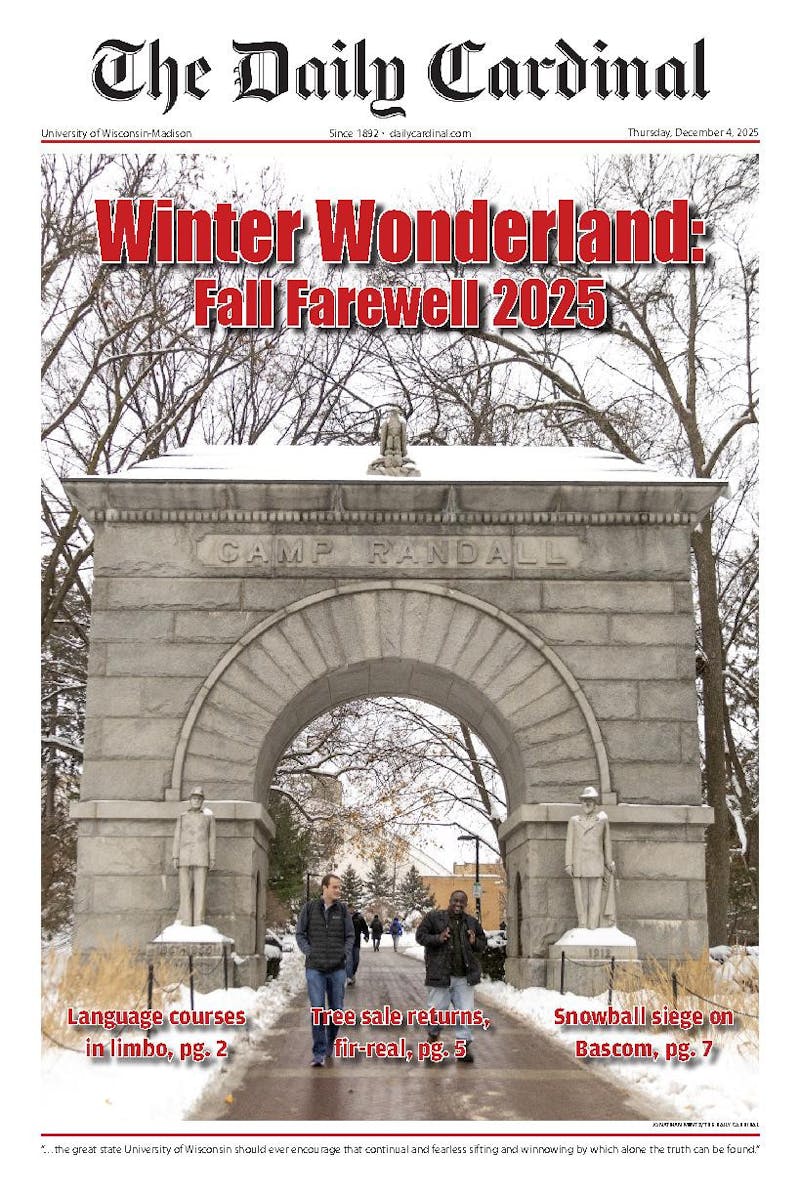The U.S. Census Bureau cited Wisconsin as one of the most widely insured states on Monday, but that's little consolation to thousands of UW-Madison students who lack health care and view every health insurance experience as a never-ending wait for the dentist.
About 10 percent of UW students said they were uninsured or didn't know if they had insurance in a recent University Health Services survey, according to UHS Director Sarah Van Orman.
""There are some students who simply do not have health insurance [other than UHS coverage],"" Van Orman said. ""I don't think they're not trying to get care, it's just that they can't afford it and they're making difficult decisions.""
According to a 2008 report by the Kaiser Family Foundation, young people from 19-29 years old represent 30 percent of all uninsured people, and with the current recession, more students are losing their parents' health benefits, forcing them to buy private plans or risk going uninsured.
""Unfortunately many people ... have a sense that, ‘we're young and omnipotent and that we're never going to get sick ... it'll never happen to us and I don't want to spend $100, $200 or $500 a month for health insurance,'"" said Byron Crouse, UW professor in Family Medicine.
That's a big risk, according to Van Orman.
""If you don't have insurance, an emergency visit, just for a simple thing, can be anywhere between $500 and $1000 ... something like an appendicitis, that could easily be $5,000 to $10,000.""
Other students who don't live in the Dane County area may fall under their parents' Health Maintenance Organization, but such plans are often regionally based.
""Usually it's not a problem if they're from Green Bay or Milwaukee, but sometimes it's Minneapolis, sometimes it's New York,"" Van Orman said. ""If you break your leg and go to the emergency room that's covered, but when you need to see a specialist a week later, the HMO will say, ‘you can come home.'""
For students who need any or better insurance, Orman said 3,000 currently purchase UHS' Student Health Insurance Plan, or SHIP, which offers health-care coverage to students for $1,476 per year (or $615 for the fall and $861 for the spring and summer semester).
Orman acknowledged some students find cheaper policies under private insurers, but typically, ""you pay for what you get."" Red flags include high deductibles, numerous policy exclusions, high coinsurance rates, maximum out-of-pocket costs and other provisions.
Capped benefits are especially problematic for students because they're often ""in the fine print.""
""They'll say they'll pay all your upfront costs, but then they'll have an in-patient cap, a day-surgery cap or a lifetime maximum cap,"" Orman said.
Orman welcomed students to bring in possible policies to the UHS staff for review. If students prefer outside consulting, many non-profit health-care advising organizations exist in Madison, including ABC in Health and Madison's Center for Patient Relationships.
Look for more coverage of the health-care debate by The Daily Cardinal and All Together Now in the coming weeks.





